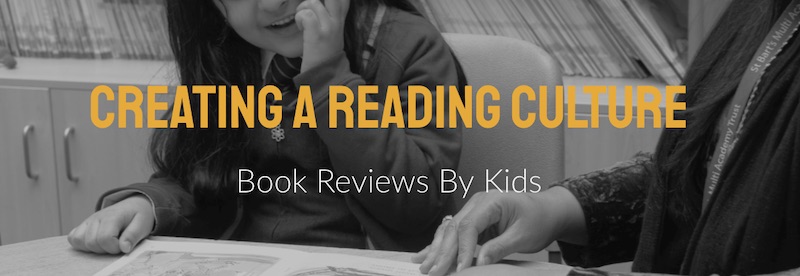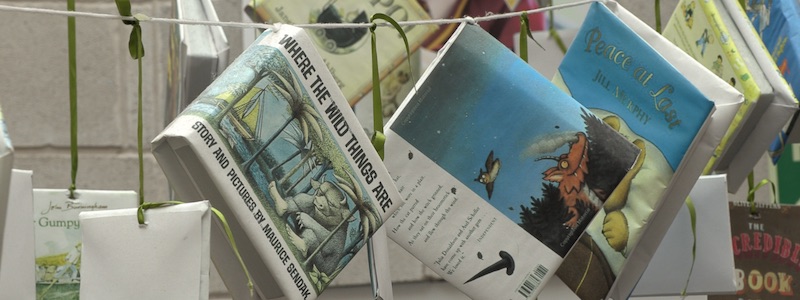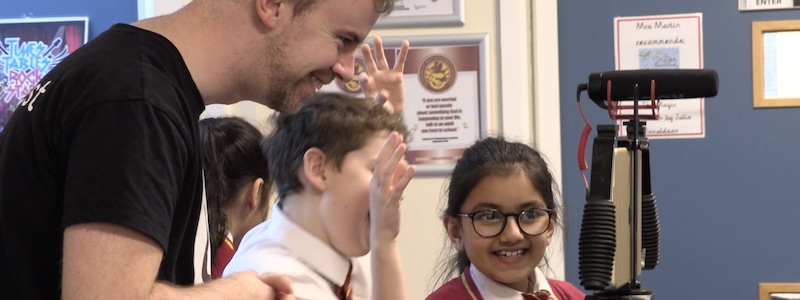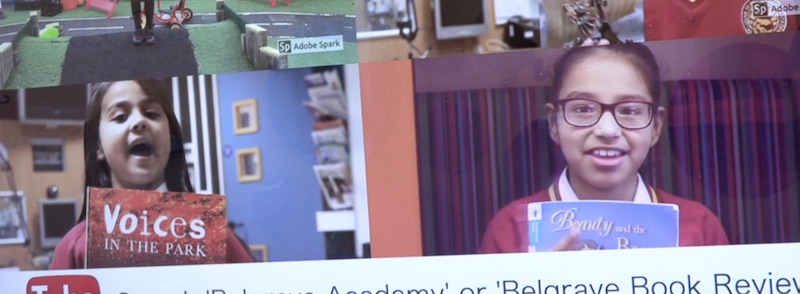5 Steps to Build a Reading Culture
Why Creating a Reading Culture Is Important for Literacy
The recent Ofsted framework updated to include a heavy focus on early reading. Why?
Firstly, literacy acts as a gateway to all learning. If you struggle to read, then it becomes much harder to access other subject areas. Not only this, but it has a huge impact on the likelihood of success in later life.
Reading, followed by writing, also help build a cultural understanding of the world through books, building empathy with different people and different places.
Creating a ‘choosing’ culture around books allows children to control and exercise their rights as readers and learners. This can be hugely empowering, and once children are making good choices around their reading, this can expand to other areas too.
Towards a Reading Culture
LitFilmFest worked with Belgrave St. Bartholomew’s Academy in Stoke to help create a reading culture that children, parents and staff could be proud of. Watch the video and read on to find out how we did it.
Our 5 Key Steps
Belgrave St. Bartholomews had already done plenty of work inside the school, surrounding the children with interesting and varied texts, but we wanted to build on that and help them take things to the next level.
1. Fostering a talking and sharing culture around books
The focus firstly was to engage pupil voice. By talking to the children about what they enjoy, as well about their experience of reading, we are able to work out what is missing for them. Having conversations about books and demonstrating that all opinions are welcome is an important starting point.
2. Creating more purpose behind reading beyond the book itself
Talking to many children reveals that they want to both enjoy and feel the purpose behind what they are learning. When we designed the Reading Rocks Reviews project, it was founded on these principles.
Children who are engaged by topics and ideas they see as relevant to their lives are far more likely to enjoy literacy, and progress more quickly.
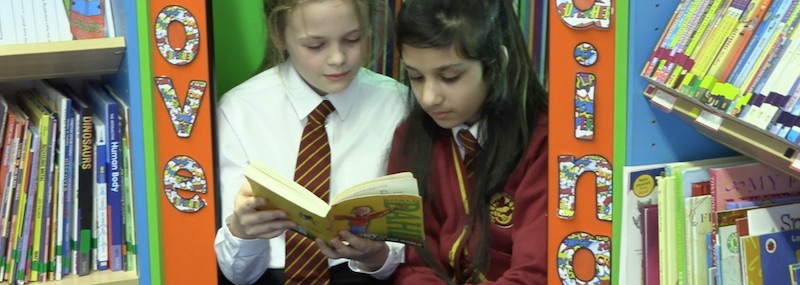
3. Pupil-led Book Reviews
Allowing children to both choose and share their opinions about books was key to creating a new culture. Writing pupil-led book reviews was a clear choice that could encourage aspects of this ‘choosing culture’. It also encourages communication through writing, and can encourage oral discussion around the children’s individual preferences.
4. Using simple tech to engage reluctant readers with the process
Turning written book reviews into simple videos is really what brings this project to life. Children are instantly engaged and knowing they will be recording their work encourages them towards higher expectations. It creates a buzz of problem-solving, inspiring forward thinking children working to create something that can be shared with others.
5. Celebrating achievements with the whole community
The final step to really embedding purpose is for the children’s work and opinions to be shared on a wider scale. This may initially be with each other, but an audience outside of their peer group is much more powerful.
Sharing reviews with other classes, in assemblies, with parents online, with local libraries; this can turn a simple project into something with real impact. It won’t just be the children talking about books, but it gives permission for the whole community to discuss and share their reading experiences too.
How do I get started?
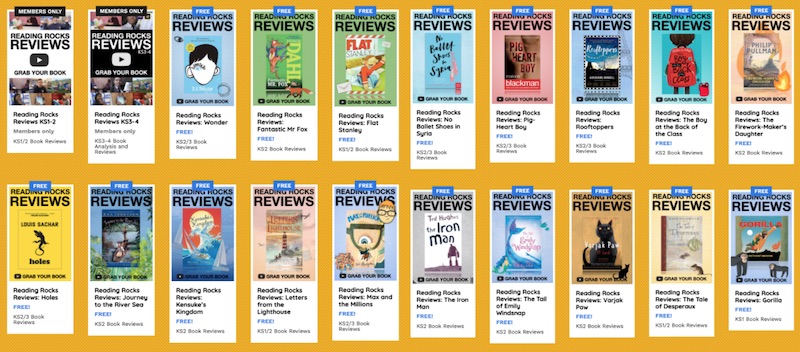
If you’d like to get involved and start building your reading community, we can help! Get in touch – send an email to [email protected] and we can book a phonecall get you going! Or, you can start yourself using our Reading Rocks Reviews projects.
